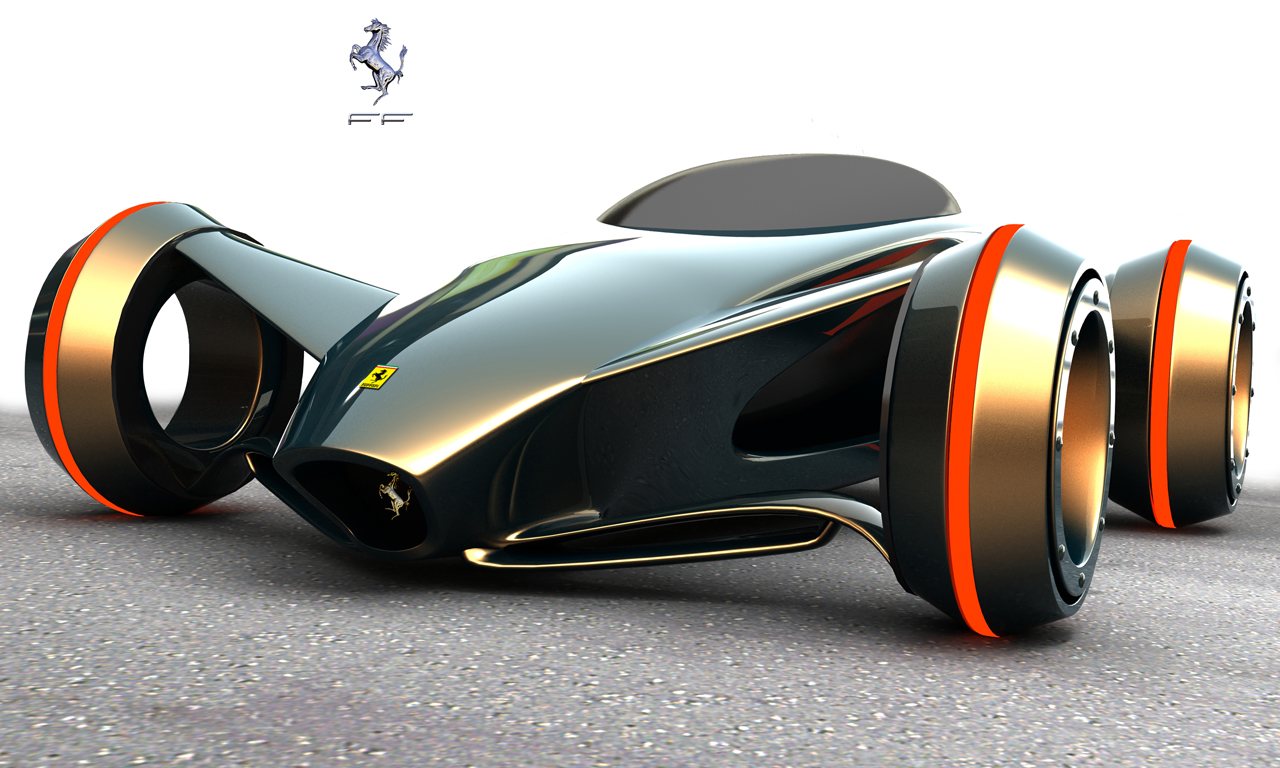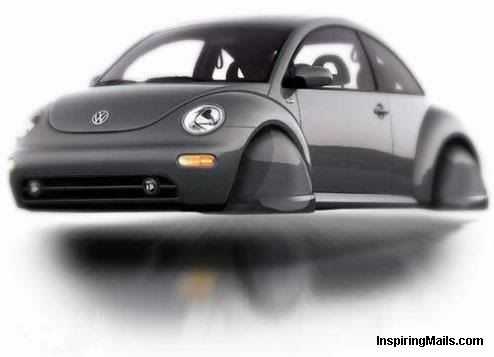Various technologies have been developed and utilized to increase the energy efficiency of conventional cars or supplement them, resulting in energy savings.
Regenerative braking technology saves and stores energy for future use or as back up power. When conventional brakes are used, 100% of the kinetic energy lost is converted to thermal energy, and dissipated in the form of heat. Regenerative braking recovers some of this energy to recharge the batteries in a hybrid vehicle.
BMW's Turbosteamer concept uses energy from the exhaust gases of the traditional Internal Combustion Engine (ICE) to power a steam engine which also contributes power to the automobile (Hanlon, 2005). This can increase energy efficiency by up to 15%.
Compressed air Hybrid is an engine made by researchers at Brunel University in Britain, which forces highly compressed air into the engine, which they claim reduces fuel consumption by 30%.
Utilization of waste heat from D.W. as useful mechanical energy through exhaust powered steam, stirling engines, thermal diodes, etc.
Using computational fluid dynamics in the design stage can produce vehicles which take significantly less energy to push through the air, a major consideration at highway speeds. The Volkswagen 1-litre car and Aptera 2 Series are examples of ultra-low-drag vehicles.
 Future Cars
Future Cars Future Cars
Future Cars Future Cars
Future Cars Future Cars
Future Cars Future Cars
Future Cars Future Cars
Future Cars Future Cars
Future Cars Future Cars
Future Cars Future Cars
Future Cars



